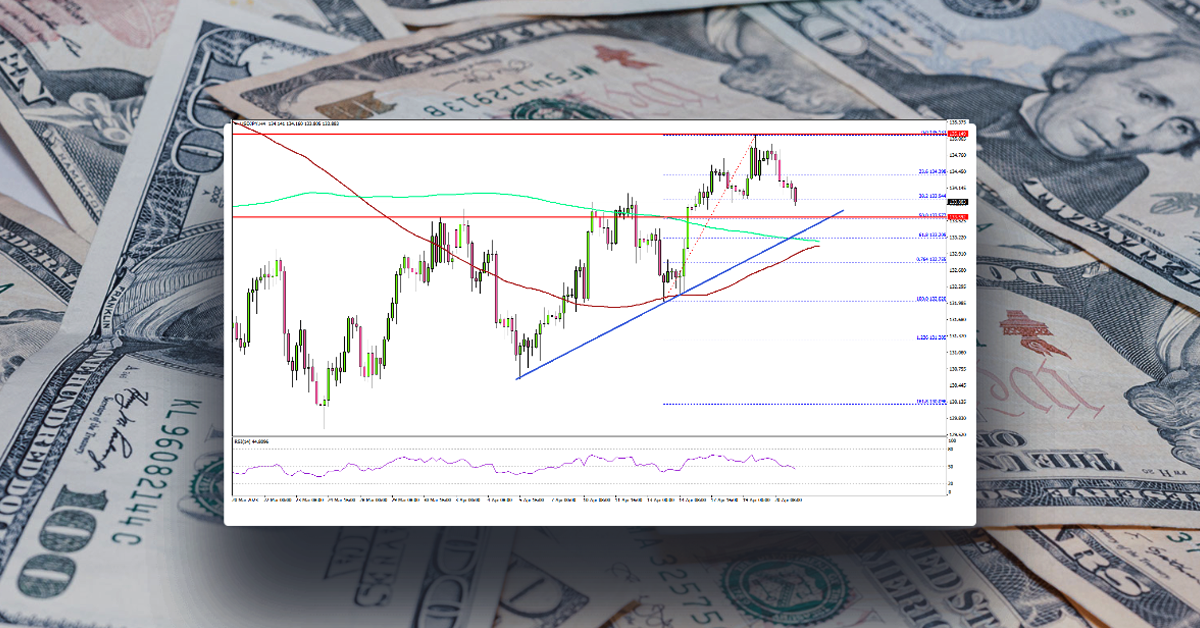USD/JPY Bulls Cautious Near 159.00, Highest Since April Amid Intervention Fears
The USD/JPY pair is trading within a narrow range during the Asian session on Friday, consolidating recent gains near the 159.00 mark, the highest level since late April. The pair’s fundamental backdrop supports prospects for further appreciation, although fears of intervention might limit the upside.
The Japanese Yen (JPY) remains under pressure due to the Bank of Japan’s (BoJ) reluctance to commit to near-term interest rate hikes. Data released earlier on Friday showed that Japan’s core-core Consumer Price Index (CPI), which excludes food and energy prices, slowed for the ninth consecutive month, easing to a 2.1% yearly rate from 2.4%. This data increases uncertainty about whether the BoJ will raise interest rates in July or later in the year. Additionally, the prevailing bullish sentiment in global equity markets reduces demand for the safe-haven JPY, providing a tailwind for the USD/JPY pair.
On the other hand, the US Dollar (USD) remains strong near the top end of its weekly trading range following a sharp rise in US Treasury bond yields overnight. This has further widened the US-Japan rate differential, putting additional pressure on the JPY and supporting the USD/JPY pair. However, investors remain cautious amid speculations that Japanese authorities might intervene to support the domestic currency. Moreover, increasing bets on an imminent start to the Federal Reserve’s (Fed) rate-cutting cycle in September could limit further gains for the Greenback and the USD/JPY pair.
Despite these concerns, the USD/JPY pair is on track to end in positive territory for the second consecutive week. Investors are now looking forward to the release of global flash PMI prints for additional market direction. The upcoming US Existing Home Sales data, along with US bond yields and broader market risk sentiment, are also expected to provide short-term trading opportunities on the last day of the week.
Overall, while the USD/JPY pair has seen recent gains and stands at a significant level, the potential for intervention by Japanese authorities and the uncertain path of the BoJ’s monetary policy add layers of complexity to its future movements. Traders will need to stay vigilant to both Japanese economic indicators and broader market trends to navigate the near-term landscape effectively.











